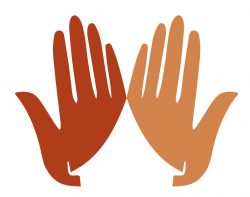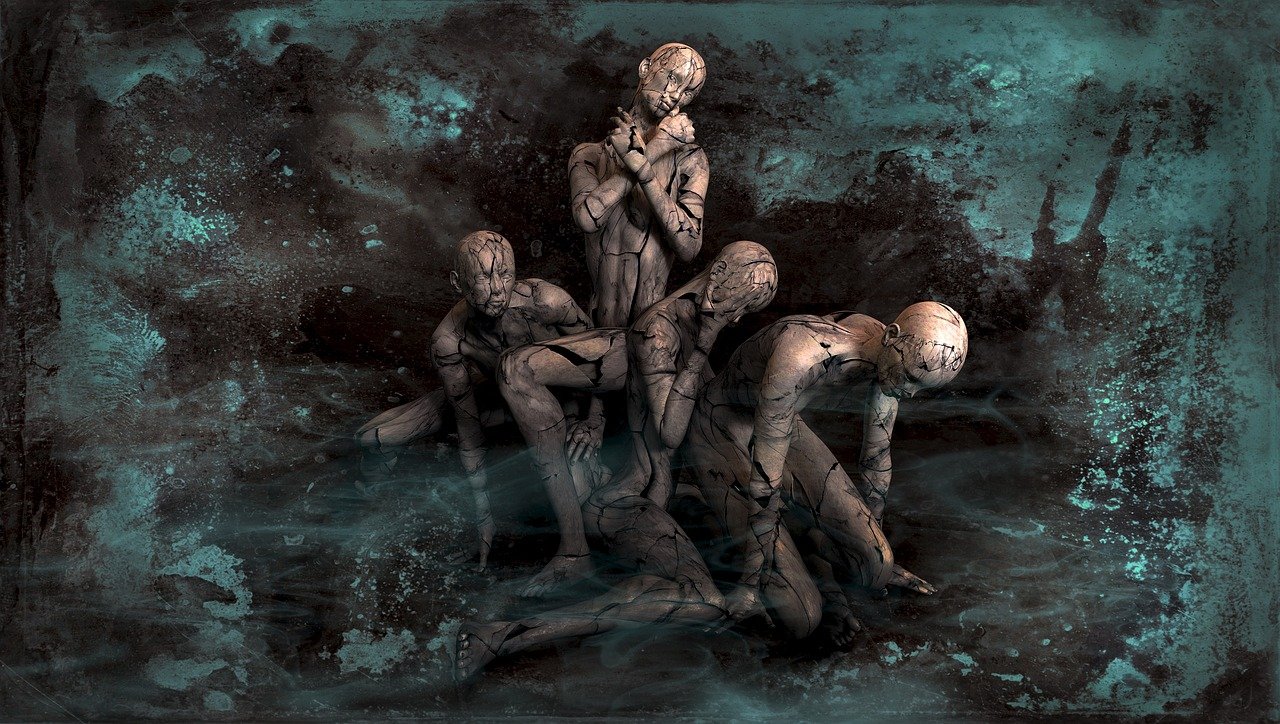In Buddhist practice we have a fundamental understanding called equanimity. On the surface it makes quite good sense from an academic perspective. Essentially, on a very light level it says that we should take the rough with the smooth. We should connect with all aspects of life, even the difficult stuff.
Listen to the show episode here –
But with Buddhist practice, we have to go much deeper for it to have any sort of transformational affect. This means that we are looking into the direct experience of our relationship with the world. So how we encounter the world, every aspect of it. Every aspect of our experience as we connect with it.
As we go through life we build up a lot of patterns in our behaviour in terms of how we react or respond with the world. These patterns develop into habit and in some cases even become addition. Encounter is the antidote to those addictive patterns that hold is trapped.
But I’m going to say something now which might sound a little radical. Even a little esoteric. We need to encounter deeply with everything which is not ‘self’! What does this mean? If you think of all the desires we have and all the aversions we have, they emerge because of this sense of self. We reach out for things that we believe will nourish us and push away things that we believe we won’t like. So it is this we start to explore with the practice. We notice the way this sense of self reacts to the world. But we investigate this as if we are outside of ourselves, looking at ourselves
Our modern western society places an emphasis on self interest. It is all embedded in every aspect of our advertising and our society. By becoming mindful of how we respond to this and seeing how the self responds is a real education. Take a day and set yourself an intent to be mindful of how advertising touches you. Some types of advertising touch our ‘desire’ buttons. Food, nice clothes etc. Then other types touch the aversion button – e.g. insurance. Noticing how these sights affect you and trigger emotional pulls.
Now I must be clear here. Buddhism is not a judgemental approach. It doesn’t see this behaviour as wrong or evil in any sense. It is all just practice. Which by noticing these things we start to change ourselves.
So we go deeply into our experience and see how we react to things. But it is important that we approach this with a sense of brutal self honesty. This practice isn’t about starchy piety. It is about seeing how we respond. Even piety is not wholesome!
One way to view this is to imagine that we are the wise St Peter at the pearly gates, but we monitor and notice ourselves every minute of every day. But this St. Peter isn’t judging, it is non-judgemental but an honest noticing, with a healthy dose of deep interest and compassion thrown in.
When we get in touch with this observing nature though, we shouldn’t just focus on the unwholesome things, we also focus on the reaction to the wholesome. We discover that the the observer and the feeling of being that observer is the same, whether we are seeing the unwholesome or the wholesome. We discover a stillness, calm. A deeper beauty.
We discover and start to see that the self is a collection of experiences that constantly forms and re-forms. Driven by our likes and dislikes we build ourselves though habitual reaction to the world. To me it is like a flock of birds or ripples on a pond, it creates patterns and shapes that often repeat, giving an impression of substance, but it is ultimately non-substantial or empty. This is what we start to see when we get in touch deeply with the observer and start to break the chains of the notion of self.
The really interesting part of this practice is that the things that stimulate us are not just external. Actually, we also respond to things that happen inside our own heads. The mind, we can see as having two abilities. The ability to be aware and the ability to create. We obviously could label many other abilities but mostly those other abilities (e.g. planning, story telling, predicting etc) are all in themselves a manifestation of this ‘create’ ability. The important thing to note about ‘create’ is that when the mind is engaged in any type of creating, by definition it is no longer in the moment.
Let’s play a game. Imagination. Imagine you are walking down a street. Create a street you’ve never been to before. What are the building like? Are there cares. What are the cars like. Imagine now you meet a person. Again, someone you don’t know. What do they look like? What are their clothes like. Their build? Their character? Where has this come from? Is this mind?
Feels real doesn’t it? The best way to really understand the nature of these states is to experience them and this is what we have just done with the create state in this exercise. So you have experienced awareness through the body scan and create with this short meditation experience of the street.
This reveals to us the power of create and then delusion. It takes us away from the world as it really is. Delusion can be very powerful in its nature. Most of us like to think we are grounded and living in a very grounded world but many people still believe that maybe our dreams convey things to us. There is much talk of spirit guides, for example. The Buddha actively discouraged such thinking and instead encouraged us to stay connected through the 5 senses and to see clearly the minds influence. The mind as a sense organ can fool us much more than our other sense organs. Instead, the Buddha encouraged us to get in touch with the observer. Not the observed.

